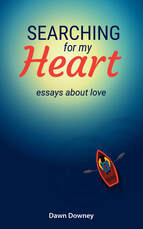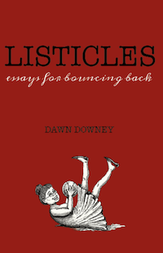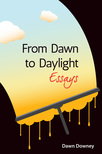While working on Stumbling toward the Buddha, 10th Anniversary Edition, I listened to music while I wrote. This was a first for me. I usually demanded silence while I worked, even wearing noise-canceling headphones.
My audiologist and my sister brought music into my writing life.
Hearing aids turned me into a spy. I could hear conversations on airplanes flying above my house. I heard an eighteen-wheeler rumble past out house and then realized it was my stomach growling. I eavesdropped on treetop bird chatter until robins dive-bombed me to get some privacy.
When the audiologist told me I would become accustomed to hearing aids, and sounds would start to fade into the background, I was disappointed. I was a junkie for sound. She told me to introduce it in other ways, such as music.
My sister Michelle, a professional gospel star and longtime Bey, turned me on to Beyoncè and Beethoven.
Because you’re supposed to stop writing to refuel the brain with art, I introduced music into my routine. I scheduled afternoon listening sessions, lay on the couch to refuel creativity with acoustic art. Then late one afternoon, there was no time left for both writing and listening. So I tried them simultaneously.
I wrote better (you be the judge of that). I slept better, too.
While I composed the Author Notes for Stumbling, the following albums burrowed into my prose.
My audiologist and my sister brought music into my writing life.
Hearing aids turned me into a spy. I could hear conversations on airplanes flying above my house. I heard an eighteen-wheeler rumble past out house and then realized it was my stomach growling. I eavesdropped on treetop bird chatter until robins dive-bombed me to get some privacy.
When the audiologist told me I would become accustomed to hearing aids, and sounds would start to fade into the background, I was disappointed. I was a junkie for sound. She told me to introduce it in other ways, such as music.
My sister Michelle, a professional gospel star and longtime Bey, turned me on to Beyoncè and Beethoven.
Because you’re supposed to stop writing to refuel the brain with art, I introduced music into my routine. I scheduled afternoon listening sessions, lay on the couch to refuel creativity with acoustic art. Then late one afternoon, there was no time left for both writing and listening. So I tried them simultaneously.
I wrote better (you be the judge of that). I slept better, too.
While I composed the Author Notes for Stumbling, the following albums burrowed into my prose.
- Bach: Unaccompanied Cello Suites (Yo-yo Ma)
- Breaths (Sweet Honey in the Rock)
- Cowboy Carter (Beyoncé)
- Mozart: The Complete Piano Sonatas (Carmen Piaazzini)
- My Black Country: The Songs of Alice Randall (Various Black women artists)







 RSS Feed
RSS Feed